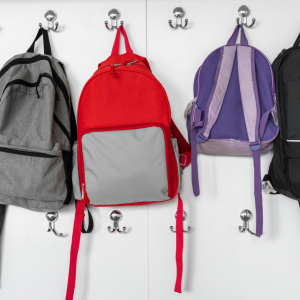
Mastitis is a painful inflammatory condition and is sometimes referred to as ‘Milk Fever’ due to the symptoms it can cause.
Mastitis is usually the result of an inflamed milk duct (it’s not actually blocked, the tissue around it is swollen and presses against it) that hasn’t cleared properly, mainly because your milk is being made faster than it can be removed (milk stasis), which results in the boob version of a dam that has burst its banks. The banked up milked behind the duct is forced into the breast tissue, which causes the inflammation, hardened tissue, heat, and pain. There may or may not be an infection present.
Milk stasis can happen when your baby isn’t taking enough milk from your breast during feeds, possibly because of dodgy attachment making your nipples sore (so you don’t want to offer that one up) or your baby preferring to feed off the favourite breast. In our house, my babies liked lefty and poor righty often had hard patches in the early days.
If your baby misses a feed or two (hello sleeping through!) your breasts may become engorged because they are expecting junior to line up to empty them out, using a breast pump or encouraging a dream feed can help avoid a potential stasis and mastitis situation.
Other factors like underwire bras, tight bra straps, pressure from sleeping on your breasts or even a seat belt can also contribute to mastitis.
Symptoms of Mastitis To Look Out For
A hard lump or ‘blocked duct’ (remember it’s actually not a blockage) is the build-up of milk in your breast causing the tissues to become inflamed is usually the first sign, although some mothers do not experience this early warning, instead getting a nasty mastitis surprise straight up.
Flu-like symptoms such a fever, chills, and extreme tiredness are all possible mastitis symptoms. Your breast may be red, hot, swollen, very painful and possibly red-streaked. A very ill feeling accompanies this, unfortunately.
Do I Need To Go to the Doctor for Mastitis?
You need to seek medical attention promptly if:
- You can’t clear the blockage or build-up within 12 hours (by continuing to feed or express)
- If you have a fever or feel ill
There is potential for infection to enter and travel to the breasts lymphatic system causing infectious mastitis. Untreated mastitis can, though it is rare, result in a breast abscess.
If you do get prescribed antibiotics for mastitis, make sure you finish the whole course. It is usually quick and easy to treat but if you don’t feel any better after a few days of the treatment, go back to your doctor as you may need a different type of antibiotic.
If you get mastitis again, or either you or your baby has a reaction the medication, alert your doctor immediately.
Treatments for Mastitis
Early treatment for mastitis will ensure you get better faster, feel less bluurg (this is my version of that sick feeling) and be at less risk of developing an abscess.
You can:
- Rest as much as you can
- Keep the sore breast as empty as possible by feeding your baby often (even if it is painful) as moving the milk will make you feel better. Having good attachment will assist in them having a cracker of a feed and in giving you some relief.
- Apply a cold pack to help with pain and swelling
- If you have a vibrator at home – you can use it to massage the breast tissue!
- Apply warmth to the sore area before a feed, have a relaxing shower if you can or soak your boobs in a sink full of warm water, it’ll help trigger your milk let-down and clear the blockage. A warm wheat pack will do the job too.
- Feed from the sore breast first, when your baby’s sucking is stronger, get brave you can do it
- Massage the breast gently while your baby feeds (this really helps)
- Change feeding positions to help shift the blockage and to see if a different position is going to give baby better attachment
- Talk to an Australian Breastfeeding Association counsellor for ideas on other feeding positions, you can call them on 1800 686 286, they’re marvelous!
- Hand express if needed, before, after and between feeds, use the Marmet technique. It’s very gentle and very effective. Check out Youtube for an example video clip. https://www.youtube.com/watch?v=Tuhuekl-3JY
- Gently massage the affected area towards the nipple while in the bath or shower, this is part of the Marmet technique also and helps move your milk down and out
- Breastfeed often. Hand express if your breast feels full and your baby won’t feed often or if you have sore nipples. Let your breast milk dry on your nipple, it’s very good for it!
The Bodywand Silicone Massager from Adult Toy Superstore
Vibrators (particularly the wand variety) are FANTASTIC to help with pain associated with Mastitis!
Ways To Help Empty That Sore Breast
- Make sure your bra is very loose. Better still, ditch it completely, it’s for a good cause.
- Relax while you feed to help your milk flow. Drop your shoulders, breath out and drop them even more.
- Make a special effort to relax your arms, legs, back, shoulders and neck.
- Breathe deeply and evenly.
- Listen to soothing music and think about your baby (love thoughts release that magical oxytocin we need to get the milk flowing) to help start the let-down reflex.
- Change feeding positions – try to choose positions that allow the milk to flow downhill to your baby. Feeding while lying on your left side might help a blockage on the right side of either breast. If the blockage is under the nipple, raise the breast with your hand while you feed. If this doesn’t work, another option is to feed ‘on all fours’ (sounds weird, but I’ve done this, it works) kneeling over your baby.
- Gently massage the breast by stroking toward the nipple while your baby feeds. Gentle pressure behind the lumpy area may help move the blockage. Always gentle.
- Hand express to ’empty’ the breast if your baby won’t suck. If you have mastitis, your milk may taste salty. This won’t harm your baby, but may cause him to refuse the breast. A good place to hand express is under a warm shower. Look up the Marmet Technique to do this easily!
Please remember to seek medical attention if you haven’t any improvement after 12 hours or if you have a fever or feel unwell.
How To Avoid Another Mastitis Infection
- Ensure your baby is attaching well to your breasts and feeding well
- Breastfeed your baby as often as your baby wants to feed
- Avoid missing or putting off feeds, you don’t want milk banking up again!
- If a breast becomes uncomfortably full, give your baby for a feed even if they aren’t seeking. If your baby is not interested in feeding, you may like to express a small amount for comfort
- Avoid putting pressure on your breasts with clothing, pillows or with your fingers while feeding
- Rest as much as you can
- Alternate from which breast you begin each feed. This can help ensure at least one breast gets drained well at every second feed
- Avoid giving your baby any other fluids except your breastmilk, unless medically advised to.
Have you got any tips to help with Mastitis?
Source: https://www.breastfeeding.asn.au http://www.babycenter.com.au/a251/mastitis
If you become concerned about any symptoms, please seek immediate medical attention we have some hotlines and suggested websites for further information and advice https://www.stayathomemum.com.au/my-kids/babies/important-hotlines-websites/
SAHM takes no responsibility for any illness, injury or death caused by misuse of this information. All information provided is correct at time of publication.

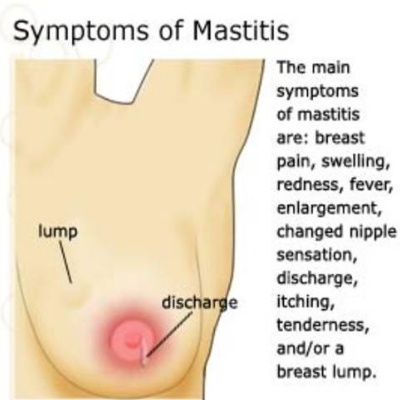
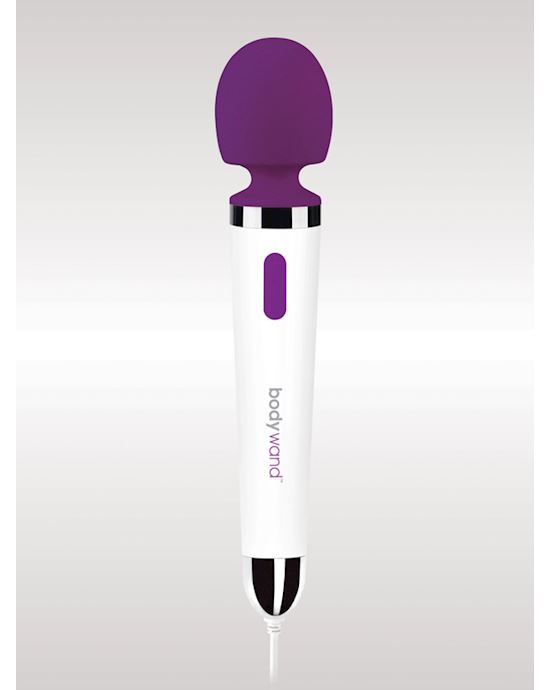
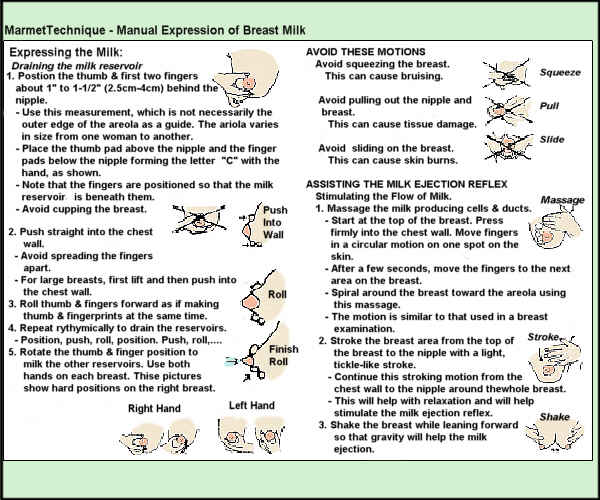
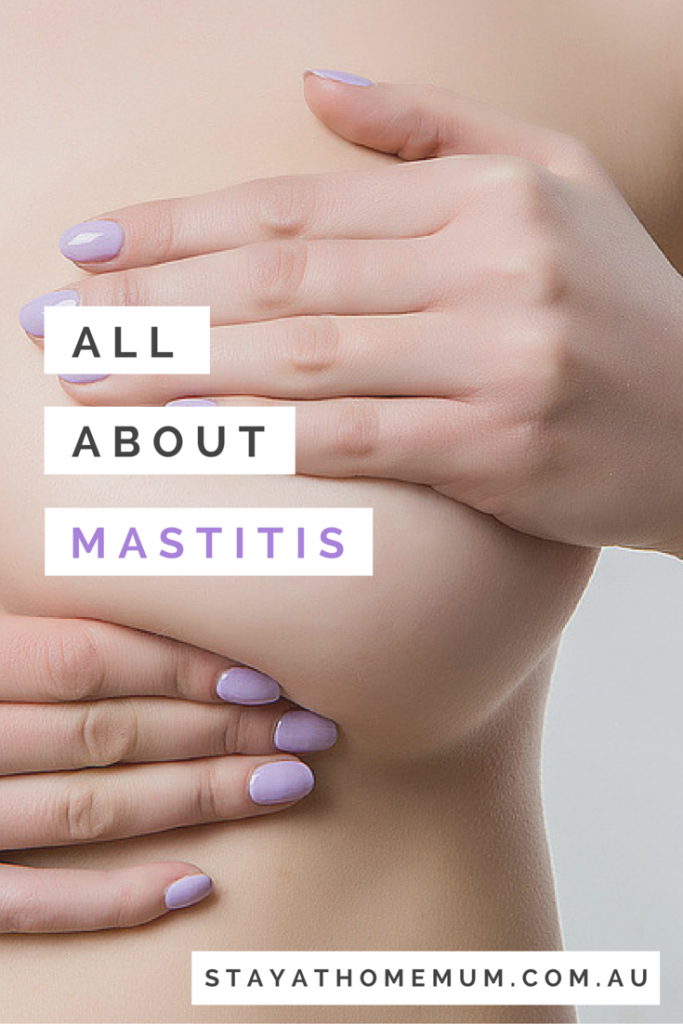

 Top 14 Online Adult Shops in Australia
Top 14 Online Adult Shops in Australia  List of Environmentally Friendly Disposable Nappies (and...
List of Environmentally Friendly Disposable Nappies (and...  List of the Best Weight Loss Shake...
List of the Best Weight Loss Shake...  Where to Buy Wholesale Vibrators to Sell...
Where to Buy Wholesale Vibrators to Sell...  Our Honest Bed Threads Review 2021
Our Honest Bed Threads Review 2021 


